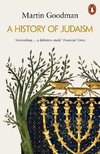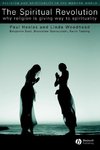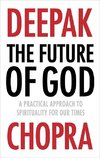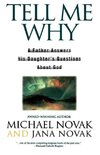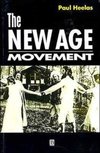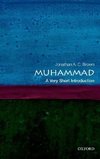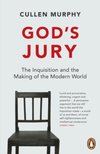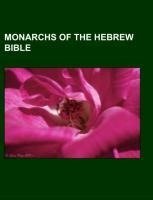
-
 Anglický jazyk
Anglický jazyk
Monarchs of the Hebrew Bible
Autor: Source: Wikipedia
Source: Wikipedia. Pages: 147. Chapters: History of Israel, Hasmonean dynasty, Solomon, David, Kingdom of Judah, Herod the Great, Gog and Magog, Hezekiah, Saul, Herod Antipas, Kings of Judah, Kingdom of Israel (Samaria), Queen of Sheba, Jeconiah, Xerxes... Viac o knihe
Na objednávku, dodanie 2-4 týždne
30.89 €
bežná cena: 35.10 €
O knihe
Source: Wikipedia. Pages: 147. Chapters: History of Israel, Hasmonean dynasty, Solomon, David, Kingdom of Judah, Herod the Great, Gog and Magog, Hezekiah, Saul, Herod Antipas, Kings of Judah, Kingdom of Israel (Samaria), Queen of Sheba, Jeconiah, Xerxes I of Persia, Sennacherib, Belshazzar, Josiah, Kingdom of Israel (united monarchy), Pekah, John Hyrcanus, Alexander Jannaeus, Uzziah, Islamic view of David, Jezebel, Athaliah, Sargon II, Manasseh of Judah, Tiglath-Pileser III, Salome Alexandra, Ahaz, Amon of Judah, Herodian kingdom, Jehoshaphat, Ahab, Jeroboam, Jotham of Judah, King Hiram I, Asa of Judah, Zedekiah, Ahaziah of Judah, Herodian dynasty, Omri, Jehoash of Judah, Jehu, Jehoram of Judah, Ahasuerus. Excerpt: The history of Israel encompasses the history of the modern State of Israel, as well as that of the Jews in the Land of Israel. The area of modern Israel is small, about the size of Wales or half the size of Costa Rica, and is located roughly on the site of the ancient kingdoms of Israel and Judah. It is the birthplace of the Hebrew language spoken in Israel and of the Abrahamic religions, first as Judaism and later of Christianity. It contains sites sacred to Judaism, Christianity, Islam, Druze and Bahá'í Faith. Although coming under the sway of various empires and home to a variety of ethnicities, the area of ancient Israel was predominantly Jewish until the Jewish-Roman wars after which Jews became a minority in most regions, except Galilee. The area became increasingly Christian after the 3rd century and then largely Muslim from the 7th century conquest up until at least the middle of the 20th century. After the Roman conquest, the area of ancient Israel became known as the Holy Land or Palestine. It was a focal point of conflict between Christianity and Islam between 1096 and 1291, and from the end of the Crusades until the British conquest in 1917 was part of the Syrian province of first the Mamluk Sultanate of Egypt and then (from 1517) the Ottoman Empire. In the late-19th century, persecution of Jews in Europe followed by the creation of the Zionist movement, led to international support for the establishment in Palestine of a homeland for the Jewish people on the site of the ancient kingdoms. Following the British conquest of Syria, the Balfour Declaration in World War I and the formation of the Mandate of Palestine, Aliyah (Jewish immigration to the Land of Israel) increased and gave rise to Arab-Jewish tensions, and a collision of the Arab and Jewish nationalist movements. Israeli independence in 1948 was marked by massive migration of Jews from both Europe and the Muslim countries to Israel, and of Arabs from Israel leading to the extensive Arab-Israeli
- Vydavateľstvo: Books LLC, Reference Series
- Rok vydania: 2013
- Formát: Paperback
- Rozmer: 246 x 189 mm
- Jazyk: Anglický jazyk
- ISBN: 9781156782125
